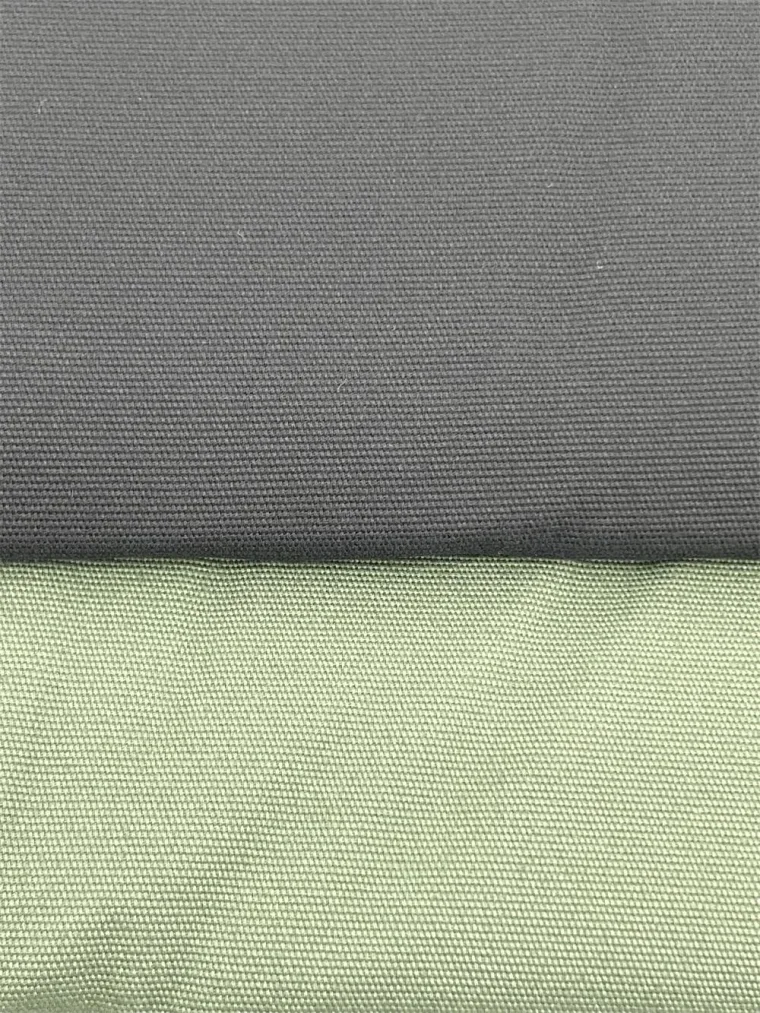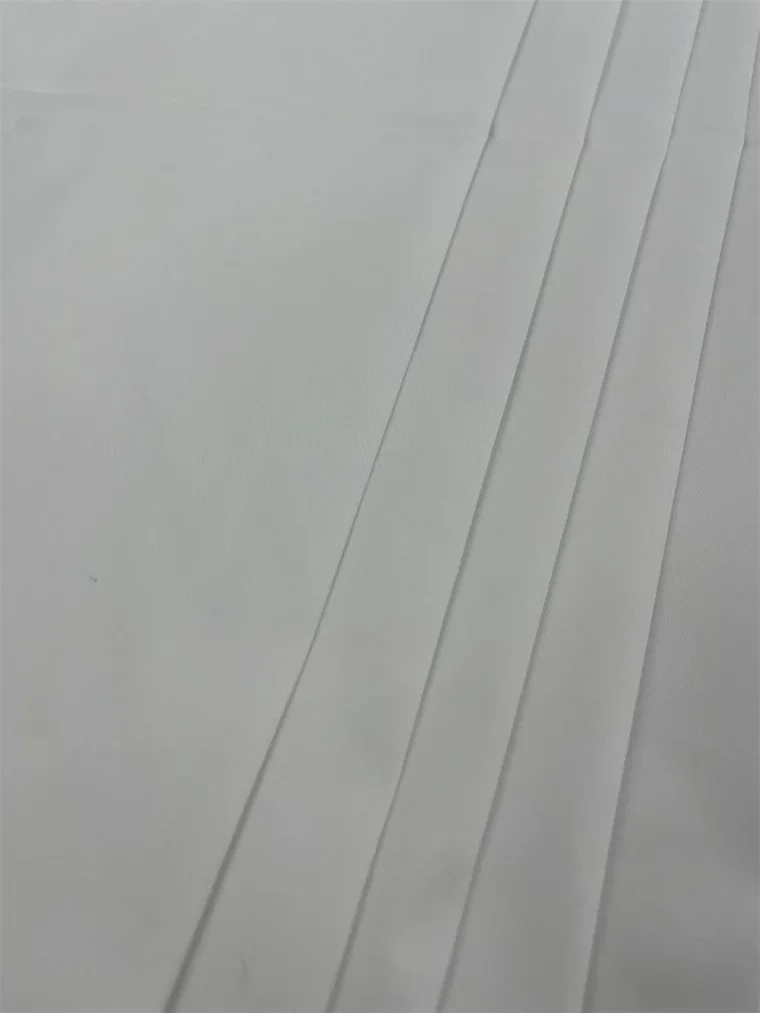When it comes to textiles, solid fabric plays a significant role in various industries. Known for its versatility, durability, and aesthetic appeal, solid fabric is widely used in fashion, home decor, and industrial applications. Hengwangjia Textile is a leading textile manufacturer offering you a wide range of high quality textile options. In this article, we will explore the properties, applications, and advantages of solid fabric, shedding light on why it is a preferred choice in many industries.
Properties of Solid Fabric
1.Composition:
Solid fabric is typically made from natural fibers such as cotton, linen, silk, or synthetic fibers like polyester or nylon. The choice of fiber depends on the intended use of the fabric. Natural fibers offer breathability and comfort, while synthetic fibers provide durability and resistance to wrinkles and shrinkage.
2.Weight:
Solid fabric comes in various weights, ranging from lightweight to heavyweight. The weight of the fabric can influence its drape, stability, and suitability for different applications. Lighter weight solid fabrics are commonly used for clothing, while heavier weight fabrics are preferred for upholstery and industrial purposes.
3.Texture:
The texture of solid fabric can vary depending on the type of fiber and the weaving technique used. It can be smooth, rough, or textured. The texture adds visual interest and tactile appeal to the fabric, making it suitable for both functional and decorative applications.

Applications of Solid Fabric
1.Fashion:
Solid fabric is widely used in the fashion industry for creating a wide range of garments. It serves as the foundation for clothing items like dresses, shirts, pants, and skirts. Solid fabrics offer versatility in terms of color, allowing designers to create timeless and elegant pieces or bold and vibrant designs. They can be used for both casual and formal attire, catering to various fashion preferences.
2.Home Decor:
Solid fabric is a popular choice for home decor applications. It is commonly used for curtains, drapes, upholstery, and bedding. Solid fabrics in neutral tones provide a timeless and sophisticated look, while brighter colors can add a pop of vibrancy to a space. The durability of solid fabric makes it suitable for items that require frequent use and washing, ensuring longevity and maintaining the aesthetic appeal of the home.
3.Industrial Applications:
Solid fabric finds applications in various industrial sectors. Its durability, resistance to wear and tear, and fire-retardant properties make it ideal for manufacturing protective clothing, such as uniforms for firefighters, military personnel, and workers in hazardous environments. The solid fabric also serves as a reliable material for industrial bags, tents, and outdoor equipment, providing strength and protection against harsh weather conditions.
Advantages of Solid Fabric
1.Versatility:
Solid fabric offers versatility in terms of color, texture, and weight. This versatility allows for endless possibilities in design and application. With solid fabric, one can create garments and home decor items that suit a wide range of styles and preferences. It serves as a canvas for creativity, enabling individuals and designers to bring their visions to life.
2.Durability:
Solid fabric is known for its durability. It can withstand frequent use, washing, and exposure to various environmental conditions. The fabric maintains its shape, color, and texture, making it a long-lasting choice for both clothing and home decor. The durability of solid fabric ensures that the products made from it can be enjoyed for years to come, reducing the need for frequent replacements.
3.Ease of Maintenance:
Solid fabric is relatively easy to maintain. Depending on the fiber used, it may be machine washable, dry cleanable, or require simple handwashing. Solid fabrics in synthetic fibers often offer wrinkle resistance and quick-drying properties, making them convenient for everyday use. The ease of maintenance adds to the practicality and longevity of solid fabric.

Conclusion
Solid fabric, offered by Hengwangjia Textile, is a versatile, durable, and aesthetically appealing choice for various industries. With its diverse properties, solid fabric finds applications in fashion, home decor, and industrial sectors. Whether it's creating fashionable garments, enhancing the ambiance of a home, or providing protection in industrial settings, solid fabric offers numerous advantages. Its versatility, durability, and ease of maintenance make it a go-to choice for many individuals and industry professionals.














